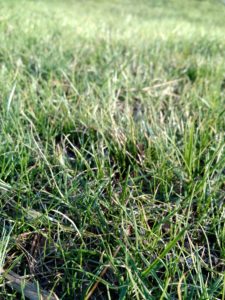
Fertilizing Your Fescue, Controlling Ladybugs, and Free Range Eggs Q&A
There were some excellent questions that came into the Caldwell Extension Center this week, and I’d like to share …



El inglés es el idioma de control de esta página. En la medida en que haya algún conflicto entre la traducción al inglés y la traducción, el inglés prevalece.
Al hacer clic en el enlace de traducción se activa un servicio de traducción gratuito para convertir la página al español. Al igual que con cualquier traducción por Internet, la conversión no es sensible al contexto y puede que no traduzca el texto en su significado original. NC State Extension no garantiza la exactitud del texto traducido. Por favor, tenga en cuenta que algunas aplicaciones y/o servicios pueden no funcionar como se espera cuando se traducen.
Inglês é o idioma de controle desta página. Na medida que haja algum conflito entre o texto original em Inglês e a tradução, o Inglês prevalece.
Ao clicar no link de tradução, um serviço gratuito de tradução será ativado para converter a página para o Português. Como em qualquer tradução pela internet, a conversão não é sensivel ao contexto e pode não ocorrer a tradução para o significado orginal. O serviço de Extensão da Carolina do Norte (NC State Extension) não garante a exatidão do texto traduzido. Por favor, observe que algumas funções ou serviços podem não funcionar como esperado após a tradução.
English is the controlling language of this page. To the extent there is any conflict between the English text and the translation, English controls.
Clicking on the translation link activates a free translation service to convert the page to Spanish. As with any Internet translation, the conversion is not context-sensitive and may not translate the text to its original meaning. NC State Extension does not guarantee the accuracy of the translated text. Please note that some applications and/or services may not function as expected when translated.
Collapse ▲
There were some excellent questions that came into the Caldwell Extension Center this week, and I’d like to share …
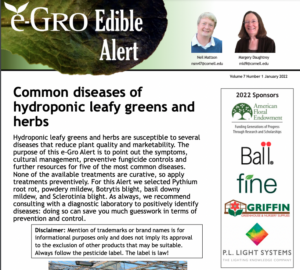
Although hydroponic production systems allow growers to control many factors to create a healthy crop, these systems do pose …
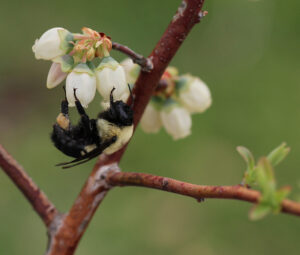
The Chatham County Center of North Carolina Cooperative Extension conducted two blueberry production webinars in November-December 2021. NC State …
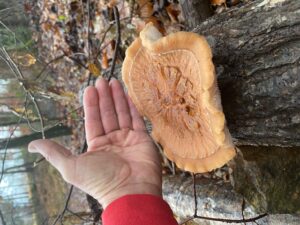
Some excellent questions came into the Caldwell Extension Center recently. I’d like to share three of them with you. …
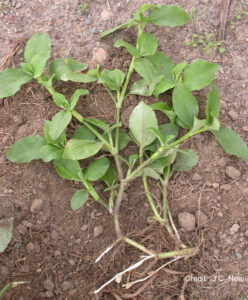
Tropical spiderwort (Commelina benghalensis), a noxious weed, has been found in several landscape beds in Raleigh. See a fact …

Several interesting questions came into the N.C. Cooperative Extension, Caldwell County Center this week. I’d like to share three …
The US Environmental Protection Agency requires that all individuals working with pesticides labeled for respiratory protection complete the following …
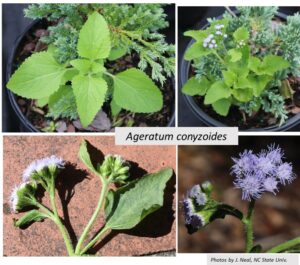
Ageratum conyzoides (tropic ageratum or billygoat weed) is a South American species that is now a common weed in …
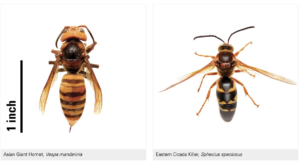
When the Asian giant hornet gained media attention last year, we started getting calls from people who feared that …

No, I’m not talking about your brother-in-law. Thickhead or redflower ragleaf (Crassocephalum crepidioides) is an introduced weed that I’m …
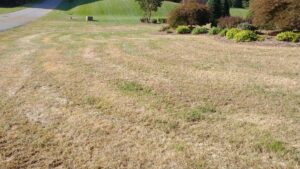
Fall armyworms are in Caldwell County and are causing significant damage to many lawns. These insects can attack many …

July is the month when mum producers start seeing wilting plants due to Pythium root rot, with more cases …
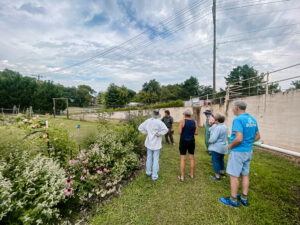
Would you like to learn more about Gardening? Unity Park and Community Gardens and the Master Gardener℠ volunteers of …
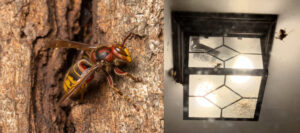
In recent weeks we’ve been getting a lot of messages regarding large wasps coming to porch lights. In all …
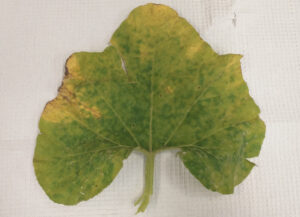
Written by Mariana Prieto-Torres, Savithri Purayannur, Mike Adams, and Lina M. Quesada-Ocampo Pseudoperonospora cubensis, the causal agent of cucurbit downy …
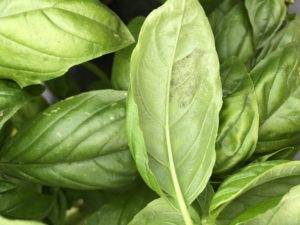
Basil downy mildew has been confirmed on the variety Genovese in a homeowner garden in Pender County, North Carolina. …

Cucumber downy mildew (CDM) has been confirmed on cucumber plant samples from a commercial grower in Haywood County, NC. …
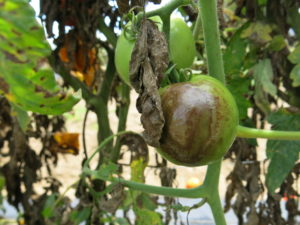
Late blight on tomato has been confirmed near Macon County, NC on July 27, 2021. UPDATE August 3, 2021: The …

Written by Camilo H. Parada-Rojas and Dr. Lina M. Quesada-Ocampo The United States (U.S.) Environmental Protection Agency (EPA) renewed the …

This factsheet describes the biology of the cane lace bug or bamboo lace bug, Leptodictya …

This soybean insect factsheet describes the biology, damage, and control of the soybean aphid, a …

This factsheet describes the biology of the banded sphinx moth or lesser vine sphinx, Eumorpha …

This factsheet describes the biology of the elm-grass root aphid, Tetraneura ulmi, and provides residential …
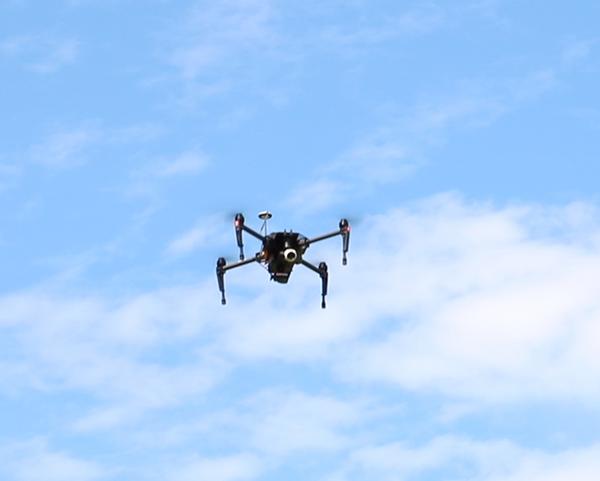
This publication discusses flying unmanned aerial vehicles (drones, model aircraft) for commercial purposes. You'll learn …
This publication describes the life cycle, scouting and treatment of the balsam twig aphid, a …
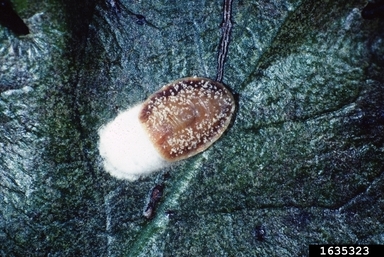
This article will cover two important scale insect pests of blueberries in North Carolina, terrapin …

This vegetable pathology factsheet describes the identification and treatment of anthracnose of pepper.